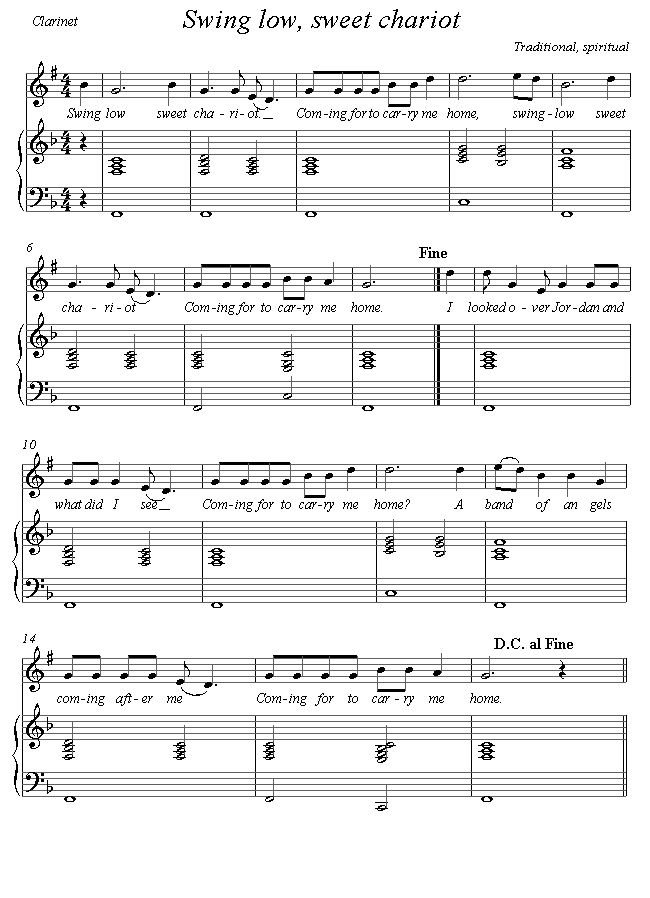

If the music changes key, then the scale has changed. Also known as the G Clef Notates the higher registers of music. pretty good near the home key but the 3rds sound slightly too high or low and get. So with the term key were simply talking about which scale is in use at any one moment. The Baritone is the second lowest singing range, and overlaps both Bass and Tenor. Many components make up happy and sad music, including differing tempos, timbres and rhythms, but major-minor tonality is a key clue from which we extract an emotional message. Just Intonation refers to simple low-integer-ratio frequency ratios. the immediate repetition of a melodic passage on a higher or lower pitch level. Any lower than 5, and the notes may be too low. bitonality: modern music sounding in two different keys simultaneously. If you are looking to change the key of the song from a male range to a female range, adjust it anywhere between +5 (5 half-steps up) to +9 (9 half-steps up). Vocal Ranges according to The New Harvard Dictionary of Music These ranges correspond to the following: High voice, Medium voice, Low voice Soprano: C4-A5. Lower than 7, and the range may become too low. Aristotle suspected that the emotional impact of music was at least partly down to the way that it mimicked our own vocalisations when we squeal for joy or cry out in anger. Any higher than 5, and the notes may be too high.

The science behind the speech-music link may be new but the idea is an ancient one. Scientists have shown that the sound spectra – the profile of sound ingredients – that make up happy speech are more similar to happy music than sad music and vice versa. The Mafa tribe people may also be reacting to sound and emotion associations that originate from the way that we speak. The tonic (C) is the strongest note and draws more of our attention, so minor chords like this trigger more sensory dissonance, a kind of tension that stems from the clashing of closely spaced frequencies. Take for example the C triad chord (C, E, and G) in the minor version the middle note is E flat (closer to C) whereas in the major version we hear natural E (further away from C). A simple minor chord (with three notes, also known as a ‘triad’) also uses a middle note that is closer to the tonic as compared to a major triad.

Let’s look at the nuts and bolts of sound.


 0 kommentar(er)
0 kommentar(er)
